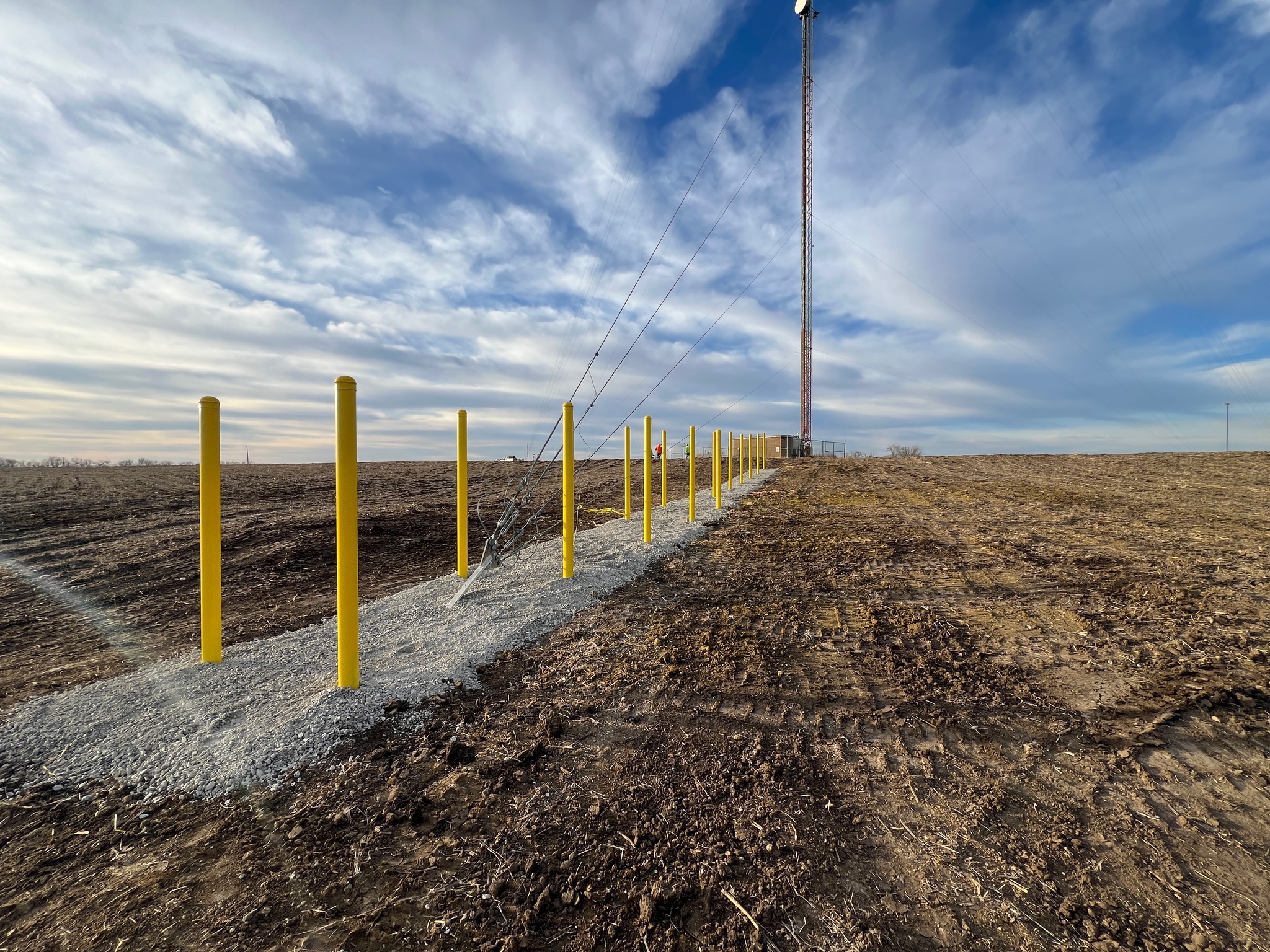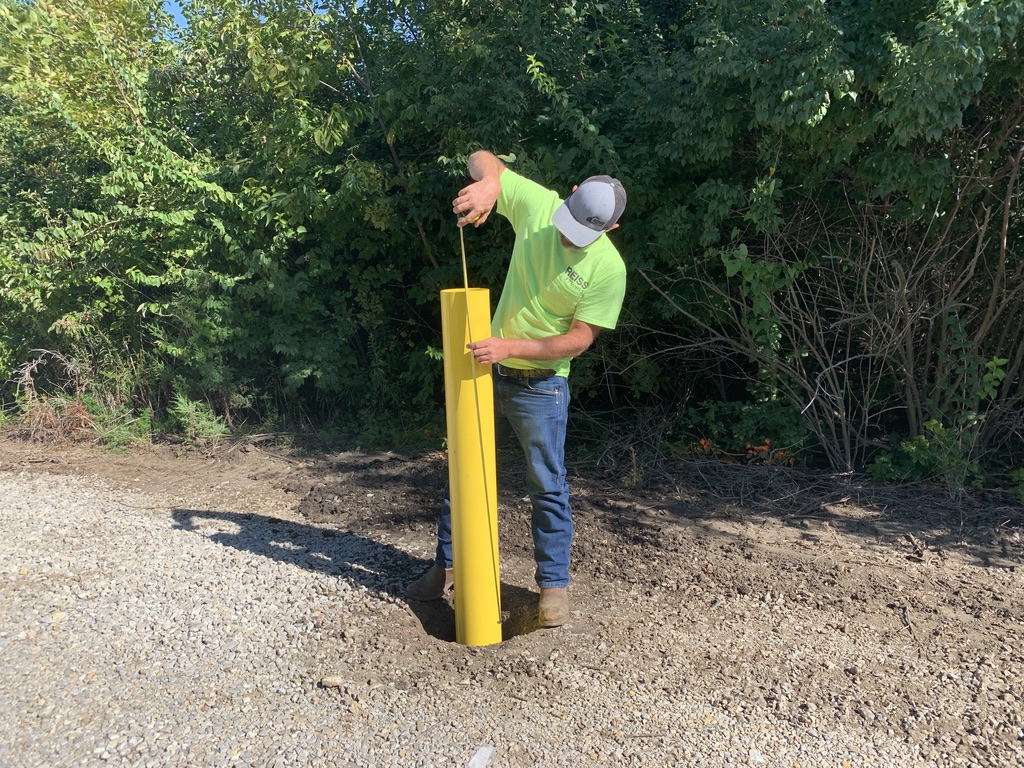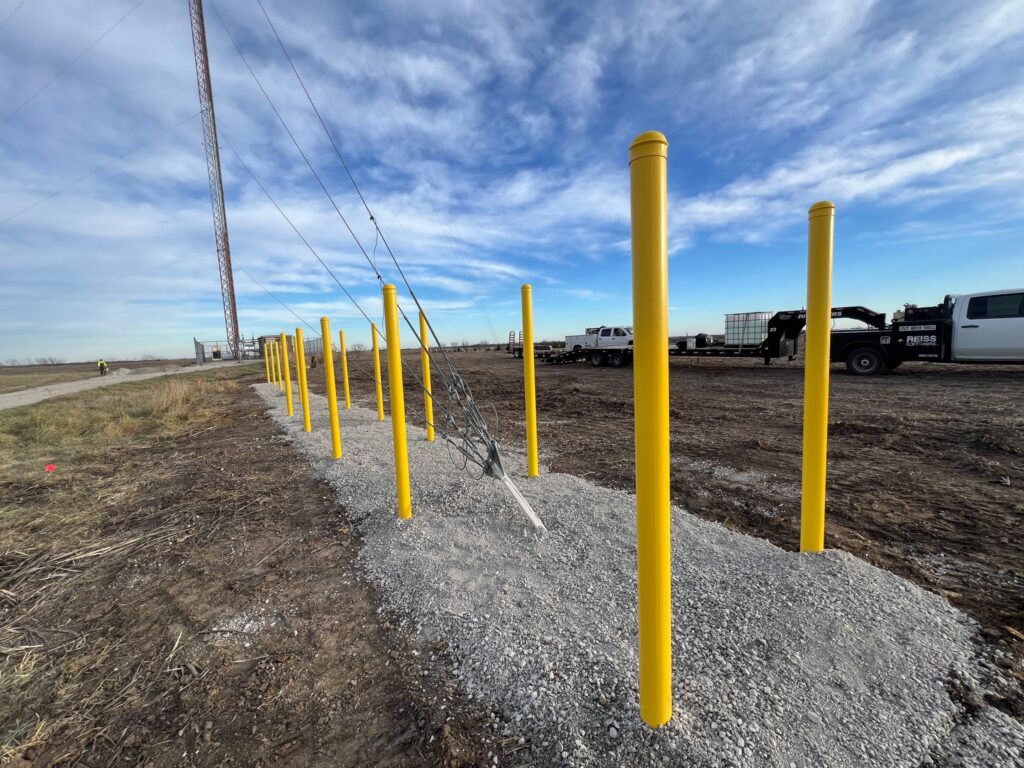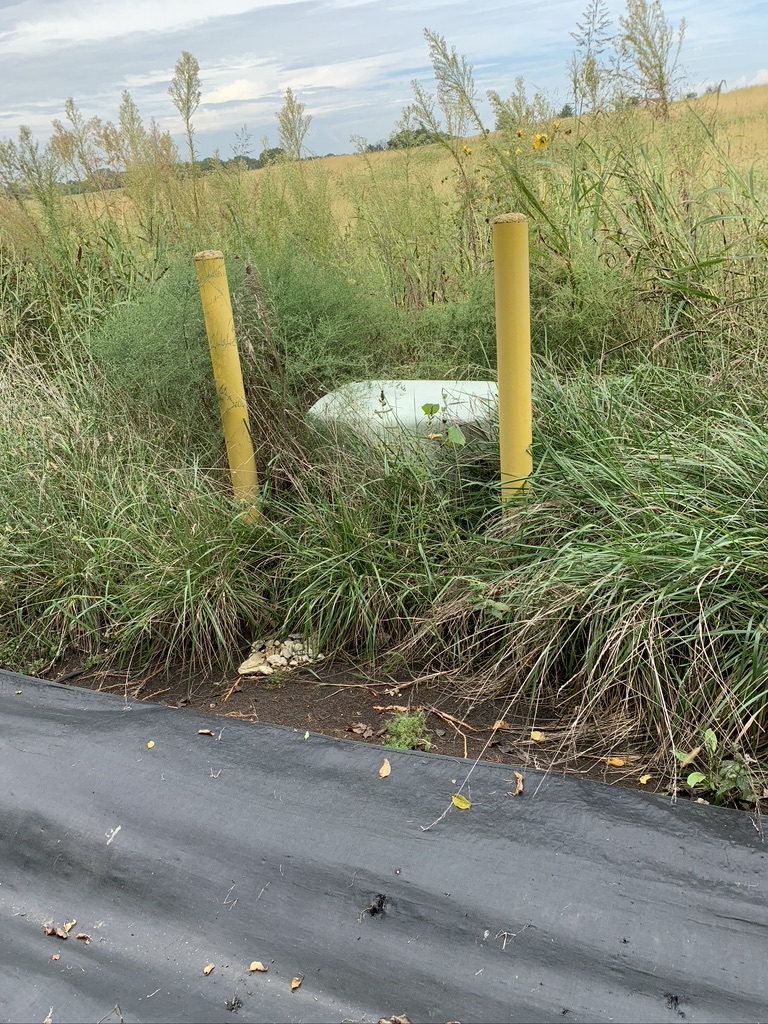
What Is a Bollard?
A bollard is a sturdy post that’s typically installed to control or direct road traffic, prevent vehicle access, or protect buildings, infrastructure, or pedestrians from vehicles — or other hazards that could damage whatever the bollard is protecting.
There are several places that you will usually see bollards; in front of storefronts to stop cars from crashing through glass entrances, at sidewalk corners to protect pedestrians, and around utility equipment like fuel stations, transformers, or above-ground utilities. You might also find them at gates, driveways, or trailheads to block unauthorized vehicle entry. Parking lots or loading docks often have bollards as well to protect structures and equipment.
Common Types:
- Steel pipe bollards filled with concrete — the go-to for commercial and construction settings
- Removable or retractable bollards — used in areas that require occasional access
- Decorative bollards — often cast iron or powder-coated, seen in civic or urban spaces
- Flexible bollards — made of plastic or rubber, used where occasional contact is expected

How Are Bollards Used in the Telecom World?
✅ Telecom Purpose:
Anchor points- such as guy wire anchors or base support points- are critical structural elements that stabilize towers. A “guy” is a tensioned cable or rope used to add stability to tall or slender structures. Bollards are what protect these anchor points from impact.
Guyed towers are almost always found in rural settings and with guyed towers come guy anchors — which need protection. That protection might be from farm equipment (sprayers, combines, planters), or even aggressive cattle.

✅ Typical Setup:
- Bollards are usually installed in a rectangular pattern around each anchor point
- Steel pipe bollards — usually concrete-filled and set in concrete — are the standard
- Some sites require removable or collapsible bollards to allow for maintenance access

✅ Best Practices:
- Space bollards wide enough for technician access but tight enough to block equipment or vehicles
- Use bright paint or reflective tape for visibility
- Choose large-diameter pipe for serious impact protection
- Bury posts deep enough for strength and long-term performance
- Use direct-bury, corrosion-resistant material rated for your soil and weather conditions
Reiss Earthworks Installs Bollards
Whether you’re managing a telecom tower, planning a new utility install, or need physical protection around critical infrastructure, Reiss Earthworks provides bollard installation. We handle layout, excavation, concrete setting, and material sourcing — and we understand the unique demands of both rural and urban environments. Give us a call to talk through the right solution for your site.
Posted: